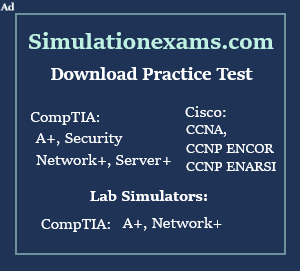3. Flash: The flash could be either
LED (single or even double) or xenon
- LED: Bright white LEDs also can be used as flashlights
and flashes for mobile phones. Even if they are not
as bright as the xenon flash, LEDs are much more compact
and require less energy - and also can be used as video
light.
- Xenon: A xenon flash produces an extremely intense
full-spectrum white light for a very short duration.
Usually, xenon flashes are brighter than the LED flashes
found in most camera phones. However they cannot be
used as video light and the condenser they use as a
power source needs some time to recharge after each
shot. The presence of a xenon flash on a mobile phone
doesn't necessarily mean a more powerful flash performance.
The power of the xenon flash is dependent on the size
of the condenser used to power it up.
4. Zoom: Zoom is a feature common among
cameras and is used to make the subject appear closer. Zoom
can be either digital or optical. Cameras on mobile phones
often have a zoom feature as well but most often it is digital
zoom.
- Digital zoom is implemented in one of two ways:Cropping
and Stretching
- Optical: To create that magnification effect cameras
use a set of moving optical lenses - hence the name
"optical zoom".
Video: Cameras that can work in "video mode"
are characterized by the maximum resolution and frame rate (frames
per second or fps) of the recorded video.
Macro: Most often this term is use to describe
the macro mode of a camera. This mode allows the taking of photos
from extremely short distance unlike close-ups, which also need
an auto focus lens but are shot from a slightly greater distance.
4.2. Accessing Internet from
mobile phones
1. GPRS (General Packet Radio Service):
It is a method of enhancing 2G phones to enable them to send
and receive data more rapidly. With a GPRS connection, the phone
is "always on" and can transfer data immediately, and at higher
speeds: typically 32 - 48 kbps.
An additional benefit is that data can be transferred at
the same time as making a voice call. GPRS is now available
on most new phones. GPRS is part of a series of technologies
that are designed to move 2G networks closer to the performance
of 3G networks. The key characteristic of a 3G network is its
ability to transfer large amounts of data at high speed (up
to 2 Mbps), enabling applications like video calling, video
downloads, web browsing, email, etc. By increasing the speed
of a 2G network, some of these applications become possible,
e.g. web browsing and sending or receiving emails with large
attachments. These technologies are called 2.5G and include
enhancements to the CSD technology, such as HSCSD and EDGE.
Browsing the Internet using GSM/GPRS phone:
Well, a lot of GSM networks now offer Internet services that
can enable one to connect his phone to his pc or laptop. This
means using your phone as a modem, you can browse the Internet.
You can do pairing between mobile and computer by using Bluetooth,
if Bluetooth not worked properly better to use data cable, which
is given with your mobile. In branded mobile, you might have
cd within mobile pack like Sony PC suite CD, Nokia suite CD.
First you need to get Internet connection setting on your
mobile. These settings can be received by requesting your service
provider.
Then install suite software in computer and connect mobile
to computer using data cable or Bluetooth, computer will automatically
identify mobile presence and you can start working in Internet
by clicking connect to Internet option in mobile.
Speed and charges for using Internet depends on the service
provider and the plan you are using.






